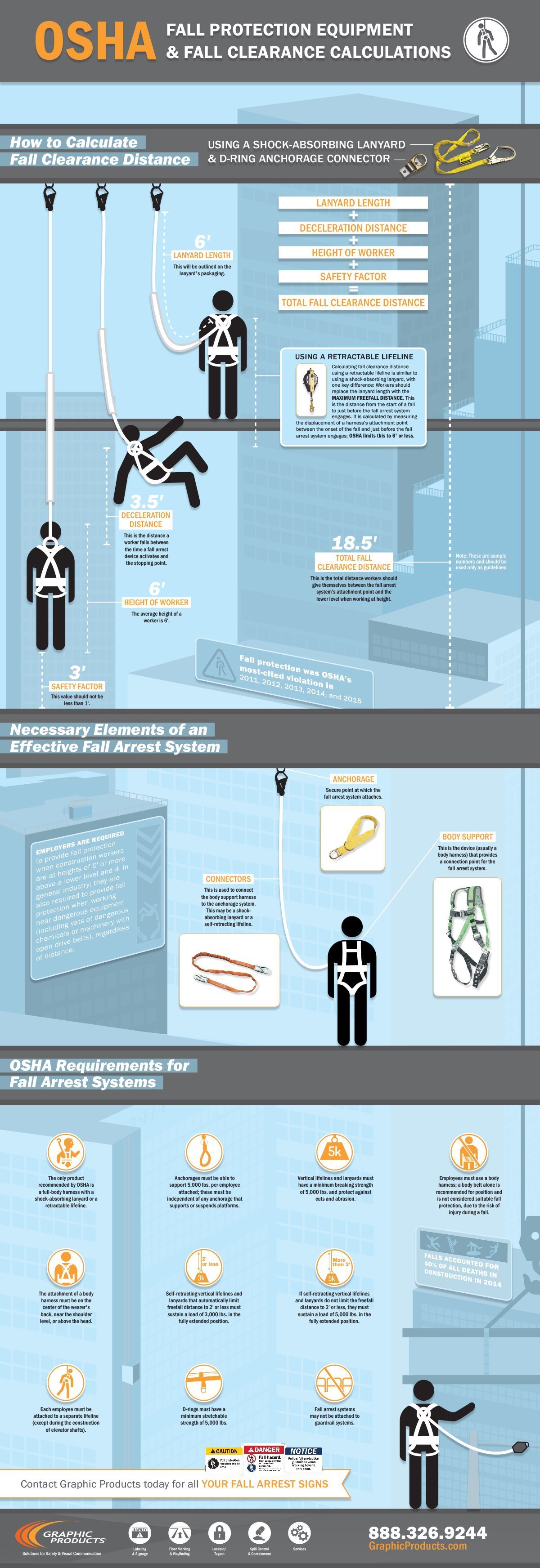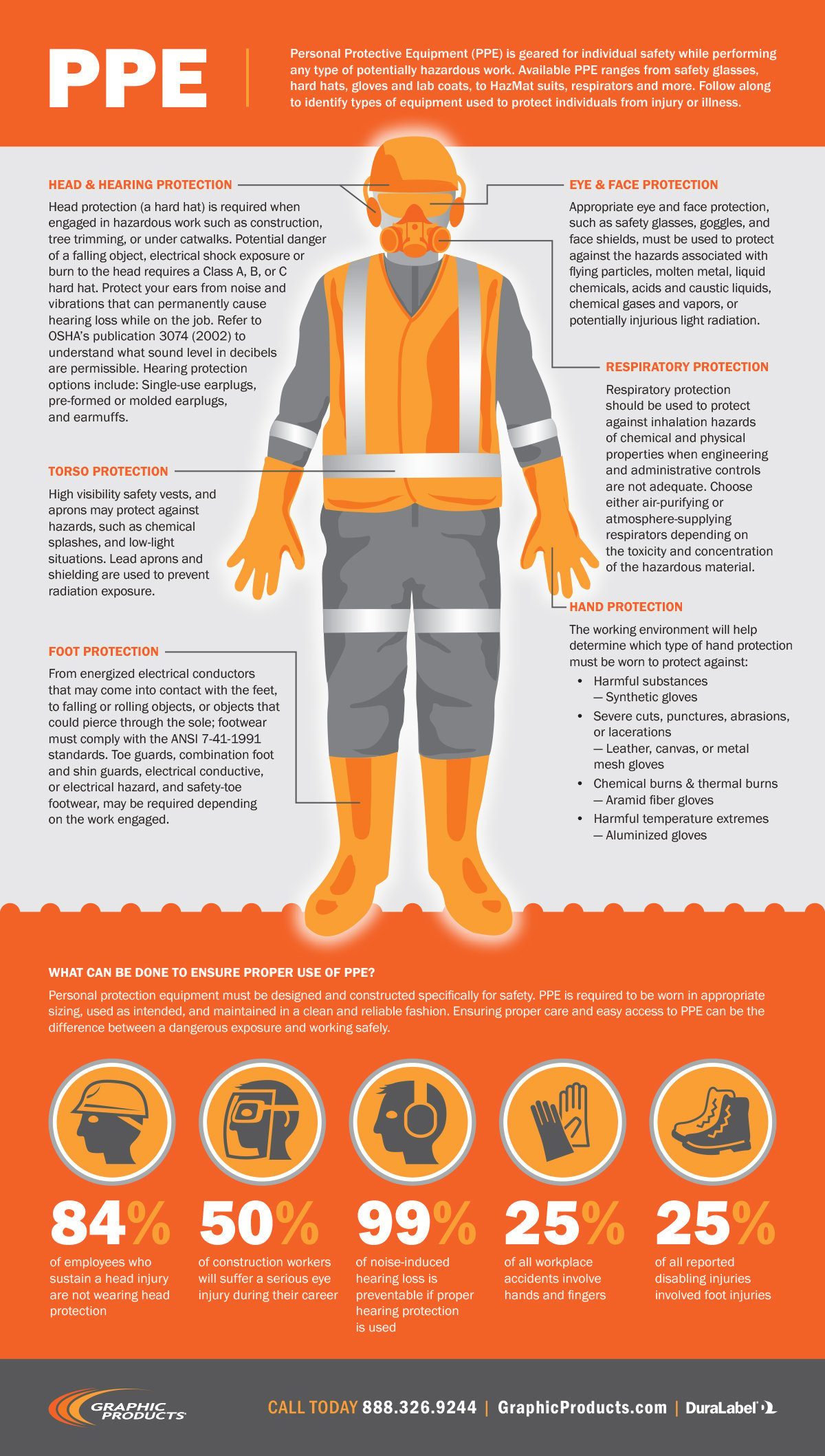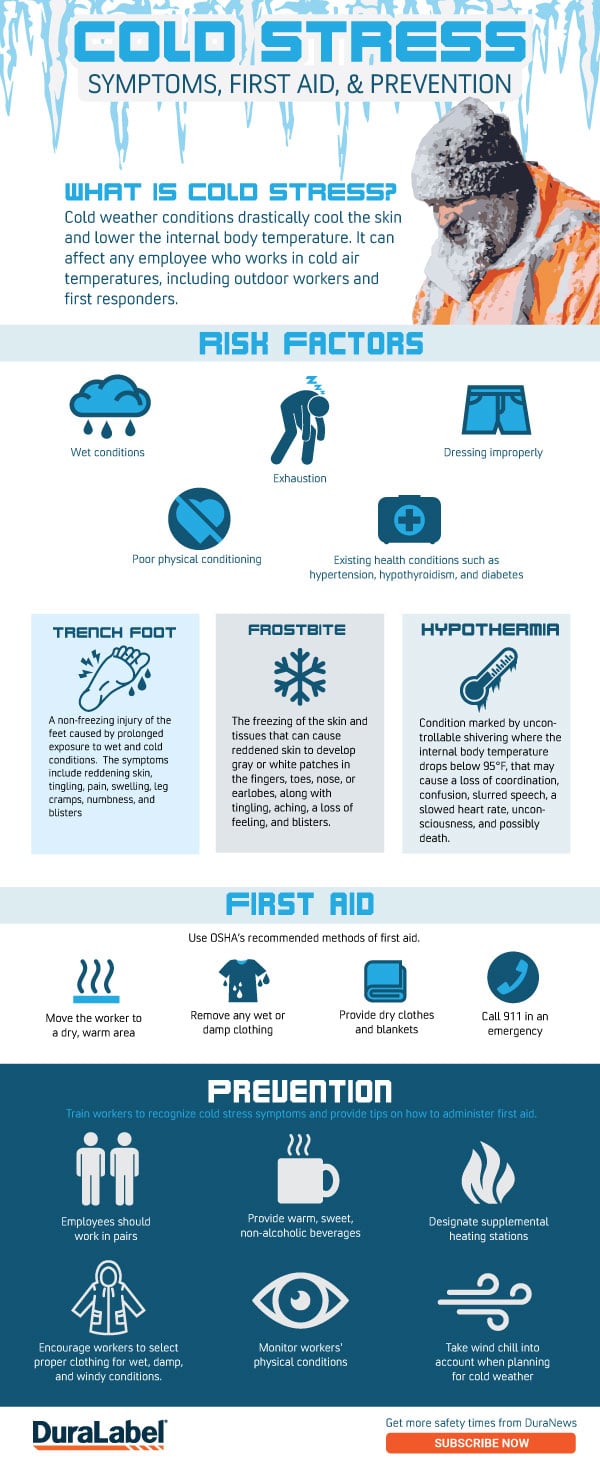Missing or ineffective fall protection is routinely OSHA's most common violation, and falls are the leading cause of death in the construction industry. Even with strict standards and widely-available equipment, fall protection remains a critically important issue in nearly every industry.
The informative visual encapsulates OSHA's standards and guidelines for fall protection in various industries. It shares some of the harrowing statistics, visually demonstrates OSHA standards and guidelines, and offers vital tips for safely using fall protection in the workplace.
.png)









